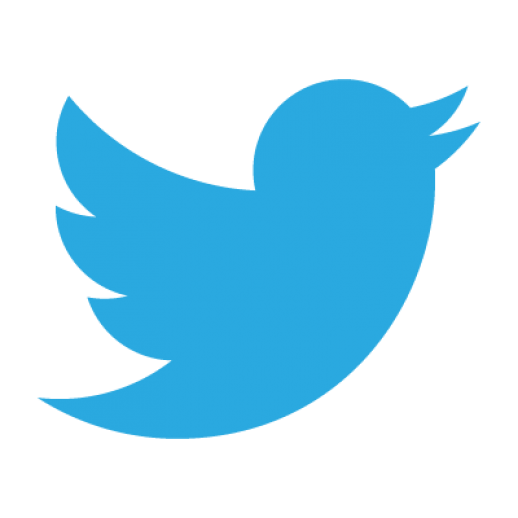This week, Elon Musk unceremoniously revealed the new brand name (and Unicode character logo, more on that later,) for what used to be Twitter. It’s simply called “X.”

And bye, bye, birdie. That most recognizable icon that adorns hundreds of thousands of websites with social connectivity, is now a part of history. And I have questions. Chief among them, of course, is why? Why take one of the world’s most popular, most recognizable, most iconic brands and just…dump it? Let’s explore.
The idea behind this seemingly rash decision is Elon Musk’s desire – and corporate directive to new CEO Linda Yaccarino – to transform the company into an all-in-one life management platform. A site for music, video, messaging, even banking and personal payments. (A super-app platform like that exists already. It’s called WeChat, and it disregards any semblance of privacy for its mainland China users. Sigh.) His contention, and I’m guessing here, is that people only see Twitter as a messaging platform, and that, in order to see it as something new and bigger, the name had to change.
But that name, and everything associated with it, had immense value. So much so that Elon Musk is reported to have paid roughly $44 billion for it. I’m no finance expert, but if you pay that much money for something, it’s because you think it has, or at least will gain, significantly more value over time. Okay, that’s a clear concept. But then you don’t change the name of that valuable thing into something banal and unrecognizable, right? RIGHT?
Twitter – whether you liked it or not, or used it or not – was a wonderfully integrated conceptual framework of idea, artwork and practical application. (And yes, I’m deliberately using the past tense here.) At the time it was developed, the idea was probably that everyone has an opinion and could chime in, er, chirp, er tweet that opinion anytime they chose. And other people could tweet. And pretty soon, everyone is all a-twitter. And so you represent that interactivity concept with a lovely little logo of a blue singing bird and it all fits together so well. A few years go by, the bird is everywhere, some big names use the platform and big things materialize, and suddenly you have a brand worth billions. And it’s represented sensibly.

Twitter – and tweeting – had become a generic term in our vernacular. So-and-so just “tweeted.” Or “re-tweeted!” There’s value there. Like when someone says “just Google it.” Or I need a “Band-Aid.” When your trademarked name becomes a verb in the English language, it likely has amassed considerable value in the process.
And speaking of value, Aisha Counts and Jesse Levine wrote in an article on Time.com, “Musk’s move wiped out anywhere between $4 billion and $20 billion in value, according to analysts and brand agencies.” This is equity that the brand took 15 years to build.
Say what you will about Elon Musk, but he has never seemed like a follower. Yet, it does seem to be a trend in the mega-tech space to dump equitable brands for less stellar superbrands. Google is now Alphabet, although Google still exists. Facebook is now Meta, although Facebook still exists. But by all accounts, Twitter is going away. It’s not clear yet if the url twitter.com will be forwarded to x.com or something similar. But there has been no indication that X is a superbrand that’s absorbing Twitter.
Let’s also remember that Musk has a thing for “X,” calling his space exploration company SpaceX. So there’s some continuity and connectivity there. (Golf clap.) But his car company is not called CarX. That would make sense. And he’s not calling this future everything-in-one app AppX. That would make sense. But I guess if people start referring to you as a genius, making sense falls low on the list of priorities.
On the logo: The symbol itself is a Unicode 3.1 character – U1D54F – which was part of a version released around 2001. In a very simplistic explanation, Unicode is a character set (designed by a group of Palo Alto techies in the early 1990’s) to be international and multilingual, mostly aimed at standardizing software coding to render text sets and symbols in various languages. Maybe it’s Musk’s tech-geek attempt at a “universal” application? Spitballing.
At first, I thought this was another IHOB PR stunt, so Musk could grab a ton of media attention to make some kind of big tentpole announcement. But when you take down the sign at the San Francisco headquarters, it probably means you’re serious. Also he took over the Twitter account @X, and there’s a kerfuffle over that, too. Man, this is a mess.
Most analysts think this is a bad idea for various reasons. I think this is a bad idea, mostly because valuable brands are so hard to come by and cultivate and grow. And people are still going to call it Twitter, and use the generic verb “tweet” for a long time. No matter what the new billionaire genius owner wants to call it.


 I know what you’re thinking. How can Twitter win anything, with its paltry 317 million users and its lame sub-$15 stock price? Compared to the giants like Facebook (1.87 billion users,) WhatsApp (1 billion,) and WeChat (846 million,) you could fit Twitter in the garage of their respective CEOs’ second mansions. Heck, even Instagram – the Etch-a-Sketch of social media platforms – has 600 million users.
I know what you’re thinking. How can Twitter win anything, with its paltry 317 million users and its lame sub-$15 stock price? Compared to the giants like Facebook (1.87 billion users,) WhatsApp (1 billion,) and WeChat (846 million,) you could fit Twitter in the garage of their respective CEOs’ second mansions. Heck, even Instagram – the Etch-a-Sketch of social media platforms – has 600 million users. 
